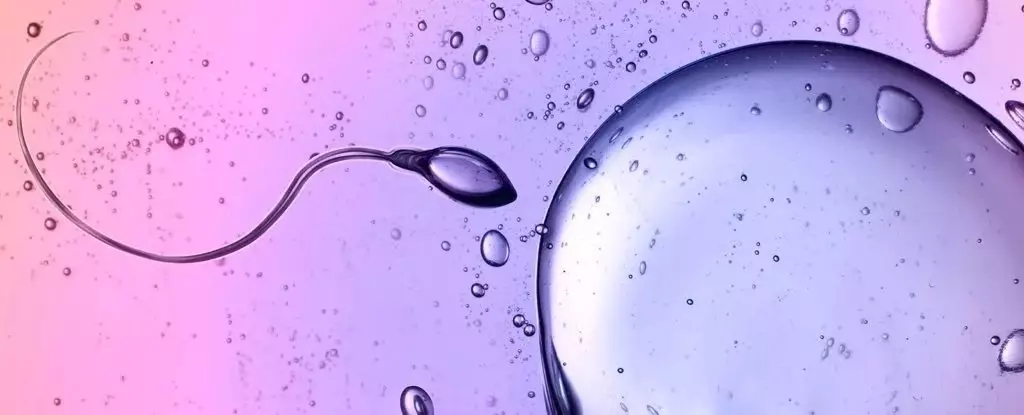In a world where physics governs our understanding of the universe, the humble spermatozoon emerges as an unexpected figure defying conventional wisdom. Researchers led by Kenta Ishimoto from Kyoto University have uncovered a surprising aspect of human sperm’s mobility that challenges the very principles laid out by Sir Isaac Newton. Often, science appears to be a steadfast portrayal of our reality, yet it seems there are remarkable exceptions hidden in microscopic realms. The exploration of how sperm navigate viscous environments not only fascinates but also reframes our understanding of biological locomotion and the limitations of physics as we know it.
The Einstein of Our Time Meets the Minuscule
Newton’s third law resonates through centuries as a universal truth: “For every action, there is an equal and opposite reaction.” This elegant principle has served as a cornerstone of classical mechanics. Yet, as Ishimoto and his team investigated these infinitesimal swimmers, the intricate dance of sperm revealed a chaotic reality that Newton could not have anticipated. The interaction between the sperm and the viscous medium surrounding them creates a paradigm where simple symmetrical oppositions break down. This exploration of the abstruse relationships within fluid dynamics urges us to expand our comprehension of motion in biological systems beyond rigid classical confines.
What becomes evident from these experiments is that the act of swimming itself is far from straightforward. Sperm cells, with their slender but dynamic flagella, exhibit patterns of motion that exude agility even when faced with seemingly insurmountable resistance. To the naked eye, a swimming sperm may appear as a mere speck of life, yet the underlying complexities raise the question: how do these microscopic entities thrive in such a challenging environment without adhering to Newtonian principles?
Beyond the Laws: A New Lexicon of Motion
Ishimoto’s research highlights what they term “odd elasticity” within the flagella of sperm and the green algae Chlamydomonas. Here lies a revelation; instead of depleting energy in their thrust, these flagella are engineered to exploit unique physical properties that allow them to glide through dense fluids with surprising efficiency. The “odd elastic modulus” introduced by the researchers further enriches our understanding of how living organisms utilize non-reciprocal interactions, effectively skirting traditional laws. Are we witnessing a fundamental shift in how we perceive the physical characteristics of living systems?
These considerations suggest a realm where biological entities have adapted to not only survive but thrive amidst the complexities of their environments. The implications reach far beyond simple curiosity—the principles unveiled in this research could serve as blueprints for engineering microscopic robots that mimic the fluid mechanics of living organisms. As our own heroic crafts of technology reach for the stars, why not draw inspiration from the tenacious swimmers of our own world?
Unraveling Collective Behavior: Broader Implications
Moreover, the ramifications of Ishimoto’s findings extend into a grander narrative of collective behavior across species. The study delineates how variations of motion and interaction among microscopic agents breed a nonlocal, asymmetrical dance that brings forth new insights into group dynamics. Just as flocks of birds or schools of fish exemplify synchronized movement despite chaos, sperm exhibit interdependence within their environment. How might these findings inform our understanding of cooperation within larger biological assemblages? How does the underlying ethos of connection in minute realms echo within more complex societal frameworks?
The truth is clear: nature is neither bound by the rules laid by human thought nor reducible to our mathematical constructs. It expands, ebbs, and flows in highly intricate patterns that demand more than simplistic interpretations. As we peel away the layers of reality, insights emerge that not only amplify our scientific knowledge but also call for humility in the wake of nature’s sophisticated systems.
In the dance of the sperm, we find not only the paradox of physics but also a broader metaphor for existence itself—a celebration of the intricate deviations from the expected, the exceptional resilience of life, and an invitation to rethink human ingenuity through the lens of the natural world. While we elevate our understanding of progress, let us not forget that perhaps the greatest lessons come from observing the minutiae of life living authentically outside the limits of our grand theories.


Leave a Reply